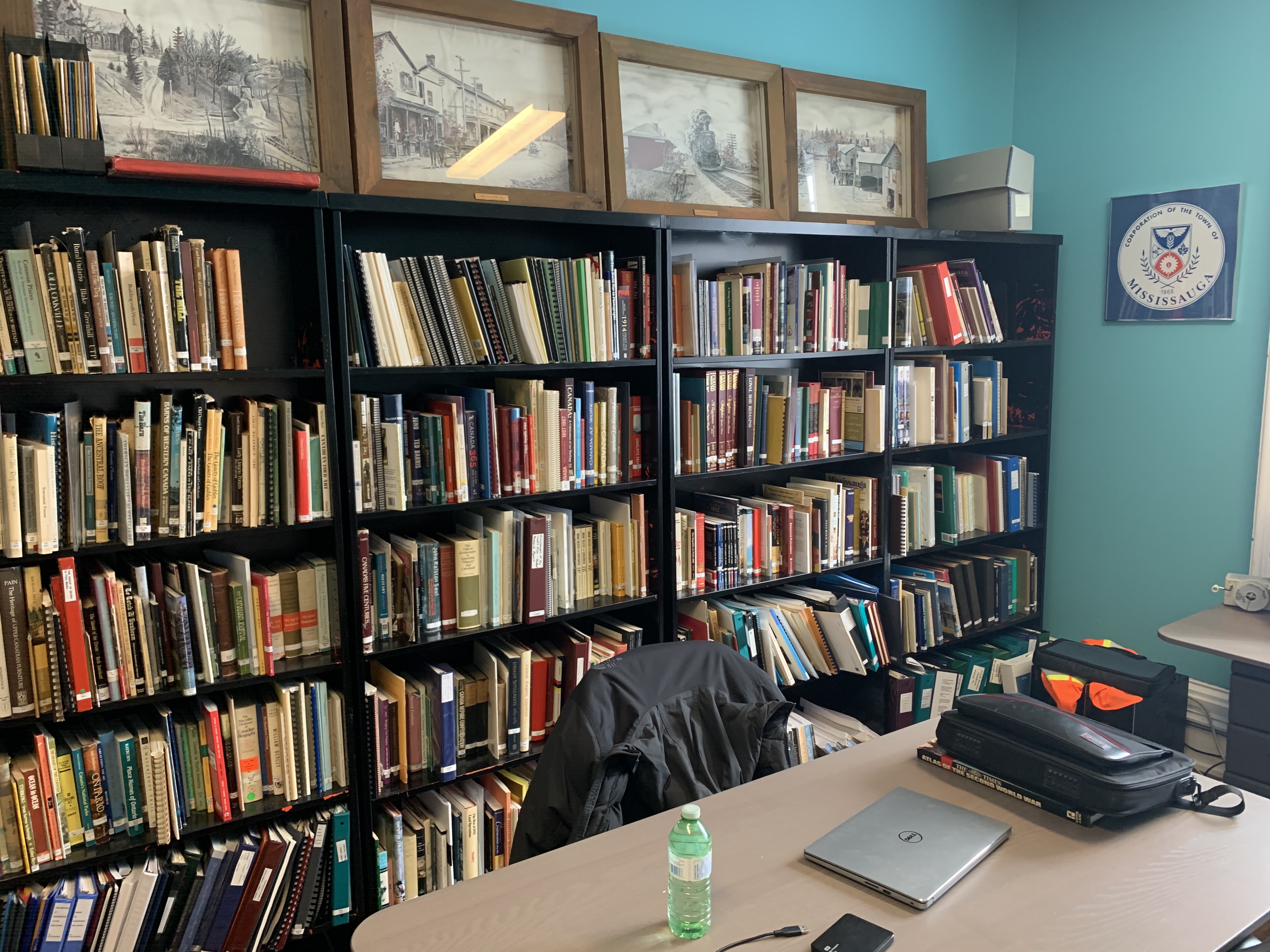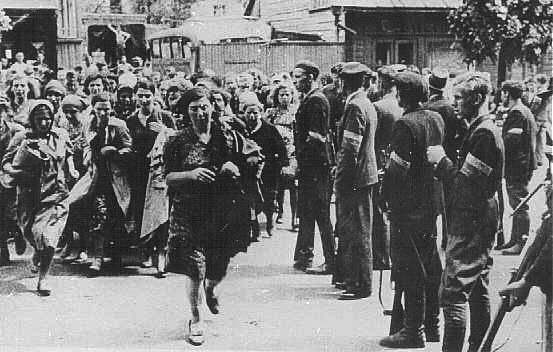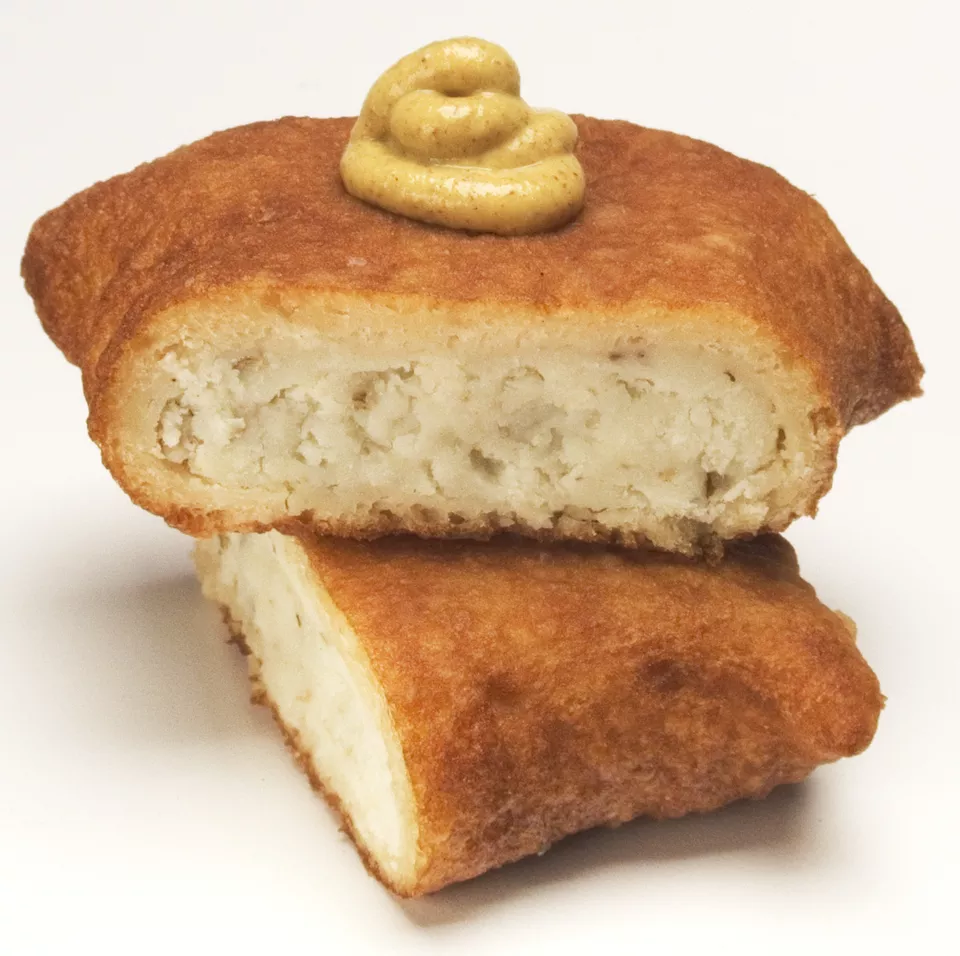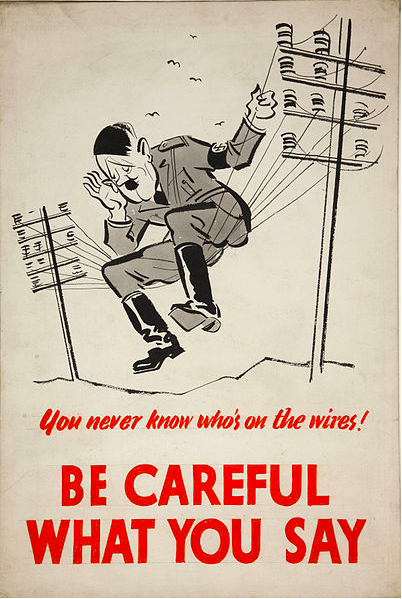The 5 most important aspects of being a Historian
 A bookshelf at the Heritage Mississauga office and a desk with my research and writing tools on it. Photo taken by author.
A bookshelf at the Heritage Mississauga office and a desk with my research and writing tools on it. Photo taken by author.
By Ivan Z. Kovacevic
 A bookshelf at the Heritage Mississauga office and a desk with my research and writing tools on it. Photo taken by author.
A bookshelf at the Heritage Mississauga office and a desk with my research and writing tools on it. Photo taken by author.
By Ivan Z. Kovacevic

(The funeral for the victims of the Kiecle Pogrom, Poland 1946)
Throughout my internship at the Holocaust Education Center, I have seen survival testimonials across Europe. One of the most common countries where people came from was Poland. Poland lost more of its Jewish population than any other country in Europe as 90% of the country’s Jewish population was killed. Through analyzing the testimonies I came upon the realization that while Poland was a victim of the German invasion of the Nazis, many Poles were not opposed to antisemitic beliefs of the Nazis. There are large instances of how antisemiticism persisted directly after the Holocaust such as the Kielce Pogrom of July 4, 1946, but I also saw Polish antisemitism in the survivor testimonials I viewed such as Sam Krongold, Chana Konopiski and Roman Zieglar.
By Matthew Halsall
The sole question I was asked at my PechaKucha presentation about was about how I cope in watching painful and emotional testimonies of survivors. After further consideration, I felt I could expound upon my answer about what specifically makes these testimonies sad and how I cope with this sadness.
As a student one has to learn how to make meals. There are many similarities between making the Jewish dish Knish, and constructing Oral History Excerpts at the Sarah and Chaim Neuberg Holocaust Education Center where my history internship is occurring.


How do you acknowledge the human experience of genocide through a small collection of objects and photos without reducing their stories to statistics and dates? These simple but effective steps can help create a safe space for everyone to engage with loaded objects and photos in a way that reveals the multiplicity of perspectives and histories connected to each and every item.
Written by: Shawna Quigley
Date Posted: October 15, 2018

Written by: Selina Azizi
Date Posted: April 21st, 2017
In my last blog post, I talked a bit about how a history student can benefit from a literary agency internship. But, doesn’t this beg the question: how does a literary agency benefit from the history student?
One Heritage Toronto intern's view on the matter.
By Henna Chopra
by Lea Alilovic, posted 19 October 2015
Welcome to your first day at your history internship! After tirelessly applying to multiple historical organizations, one has finally picked you and now it’s your time to shine and get some real life experience. As a someone that knows the struggle all too well, I have compiled a list of necessary things to keep in mind in order to dress, look, and play the part of a history intern.
Welcome to your first day at your history internship! After tirelessly applying to multiple historical organizations, one has finally picked you and now it’s your time to shine and get some real life experience. As a someone that knows the struggle all too well, I have compiled a list of necessary things to keep in mind in order to dress, look, and play the part of a history intern.
1. Befriend Coffee as if You Were a Gilmore Girl
This is probably your first 9-5 experience, and waking up at 6 a.m. to get to your workplace after staying up until 2 am the night before to finish a paper is, probably no walk in the park. Coffee will be essential in transforming you into a normal, friendly, and hardworking person despite the 4 hours of sleep you had the night before. Plus, buying coffee for your new supervisor and colleagues in the office can be a great opportunity to get to know others and allow others to get to know you.